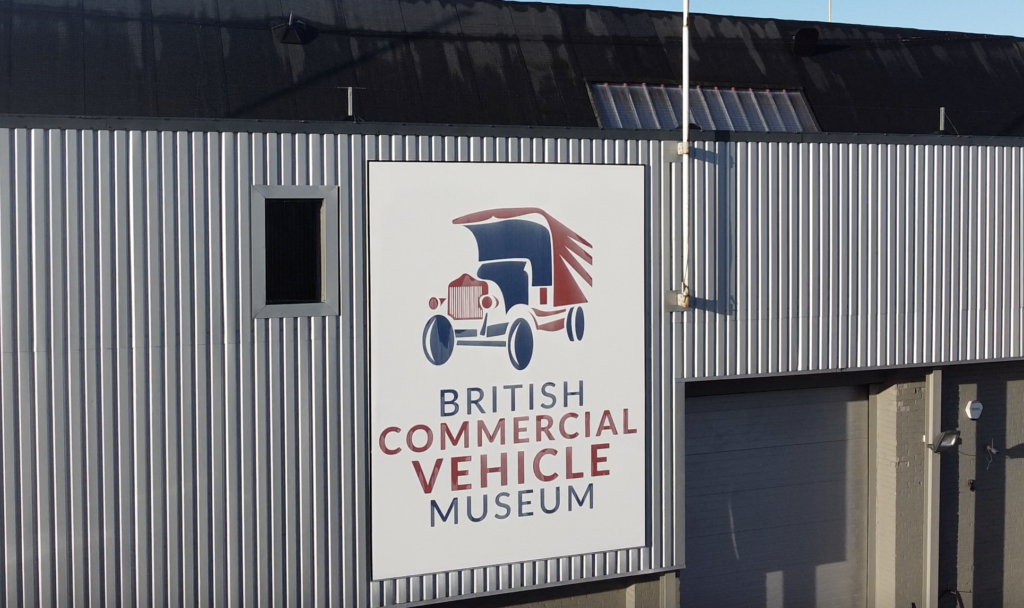CLIENT ; HANNAH BAYES, BCVM CURATOR
TASK TYPE; PROMOTIONAL VIDEO FOR USE ON BCVM WEBSITE
In February 2022, XES Drones were approached by Hannah, the curator at the British Commercial Vehicle Museum (BCVM), to see if it would be possible (and legal) to produce a short promo video for their website. The brief was to provide a 2 min internal video of the museum, showcasing both the fantastic exhibits and also the clever layout guiding folk around the vehicles. They wanted to use a small mini drone flying through at low speed, as opposed to a First Person View (FPV) superfast drone, which they suspected may be too quick for anyone viewing to take in all the exhibits.
Hannah’s aim was quite straight forward in that she wanted to produce a video which would engage with the local population via various social media platforms, together with their website, and perhaps encourage anyone interested to come down and visit the museum in person. Briefly, Hannah wanted us to provide a flavour of the museum and the likely first -hand experience of being up close and personal with the vehicles. Everything seems to stem from social media nowadays, so a short impactful video was likely to appeal to a wider audience than older more traditional methods, using stills or ground level video.
From our perspective, we immediately recognised that we would have several challenges to consider and overcome before even attempting this kind of a task, namely;
- Damaging any of the exhibits with the drone
- Ensuring the lighting was sufficient to film
- The physical overflying of the public and staff and how to avoid
- Maintaining legislative distances from uninvolved persons
- Choosing the correct speed at which to fly, very easy to be too slow or too quick
We gave the task a lot of thought before the actual flying day and came up with the following solutions, which I’ve briefly summarised as follows;
- It was immediately obvious that we would have to film before the museum opened to the public, thus avoiding the over flight of any uninvolved persons. We also requested that all the staff that were there during filming, stayed out of the main hall until we’d finished filming, with the exception of one member of staff who was helping us with the route, whom we fully briefed beforehand.
- We decided to use a sub 250g drone, the Mavic Mini 2, which was enclosed in a protective plastic cage. This protected both the drone and the exhibits should we inadvertently fly too close or have a technical fault. This was to be combined with a flight plan/playbook which we’d decided on beforehand, so we could film seamlessly and in a workable constructive order.
- With regards to the lighting, we requested that the museum turned on every available light, which together with the natural ambient light was more than enough for filming purposes.
- As part of our risk assessment process, we provided electronic evidence of our CAA Operational Authorisation, together with our public liability insurance, which also covers flying over or near historical objects.
- Due to the museum being almost empty, the problem of flying too close to uninvolved folk did not raise its head. The speed of the drone whilst filming though was a bit of trial and error, and we reviewed our imagery after each section to ensure it achieved the brief in terms of capturing the flavour, without being too fast or too slow.
The actual filming day went really well, and without a hitch. We decided to start outside and then fly through the front entrance, before following the same route as the general public. We stopped at various exhibits which we thought were worthy of a second look, before proceeding around the main hall. We managed to maintain an even speed, which wasn’t easy given the stick controls of the drone, and also achieved our goal of flying at varying heights to provide a unique perspective. To be self -critical though, although we set out to “tell a story” with the 2 min film, we missed a trick by not fully capturing the timeline graphics which lined the walls at high level. We are honest enough to admit when we could be better, and it was only after we got home that we noticed the omission. It didn’t detract from a great final cut, but was a good reminder to step back on the initial recce to make sure we capture everything in the proposed playbook.
Our final task was to produce an edited video for Hannah and her team of volunteers, including soundtrack, enabling them to showcase their fantastic museum and stunning exhibits. We then fed this back to Hannah for final analysis, before obtaining consent to put the video on Facebook and several other social media platforms.
When we approached Hannah for some feedback, this is what she told us;
“This drone video concept was really new to us, and I wasn’t sure how it would turn out. I was really pleased with the final result though, and XES ticked all our pre-task aims. They were really accommodating in terms of when they flew and it was a really pain free process, I hardly knew they were in the building. The final video was excellent and will definitely increase our footfall. We were so impressed, we’ve rehired them to provide a roof survey of our building, as we have real confidence in their professionalism and value for money”

